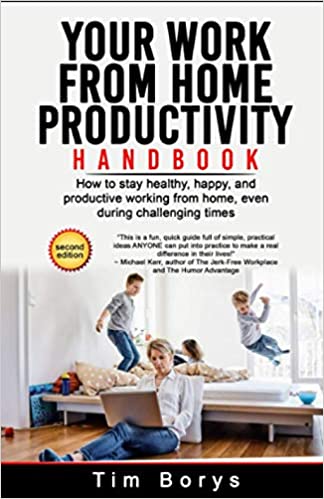
No time is no excuse.
Stop saying you don’t have time!
Is time really the issue?
Life is busy, and it’s easy for us to become consumed by our hectic work schedules.
Have you ever said you “don’t have time”? Of course! We all have, but some people let it limit their potential and progress over the long term. The truth is, no time = no excuse.
Lack of time is one of the most common reasons people don’t exercise or complete other important tasks. In reality, it’s just an excuse to avoid facing the bigger issues.
As you already know, every person on the planet has the exact same number of hours in the day. So why do people continue to blame a lack of “time”?
The answer may not be what you think!
In previous posts, I’ve talked about understanding your “big rocks”, setting priorities, scheduling, and other factors to help you get the right things done at the right time.
While these are extremely important in the big picture, an area that still trips people up is how they view time and its relation to a specific task.
Exercise is a great example. When asked about their challenges establishing a consistent exercise plan, a common refrain from new clients is “it’s so hard to carve out an hour or two from my day to do a workout”.
This statement may make sense on the surface, but it speaks volumes about the exercise mindset.
No time? No excuse!
Most people view exercise as a formal, scheduled and time-intensive activity that requires a lot of preparation to complete.
In reality, the truth is much different and more simple.
Exercise merely involves that you move your body. If you are following my Movement Spectrum™ approach, you start by taking all the joints in your body through their full range of motion.

This is the most essential component. Basic joint movement. It only takes seconds to do, can be done anywhere, and doesn’t require any prep. Just do it!
The next step is to search for and create more opportunities to move throughout the day by being “active” in general. Pre-pandemic, we used to say things like, “take the stairs instead of the elevator”, and “park at the back of the parking lot and walk”.
Now, with most people working from home, “getting our steps in” is a bit different. Ideally we get outside and go for a walk. However, it can be as simple as walking up and down the stairs in your house a few times between meetings, inserting household activities (laundry, wiping the counters, sweeping, vacuuming, etc.) into part of your day, or investing in a treadmill desk for your home office.
These are all just basic activities that we already do. The goal is just to do a bit more of them, and more importantly, use them strategically to improve our health and performance. Increased basic activity levels have a massive positive impact on overall health and well-being.
Each of these components of the movement spectrum (Movement & Activity) require only seconds to complete. An example may include standing up from your chair during a meeting (or between) to stretch muscles, mobilize joints, and do a few seconds of a particular exercise such as squats, lunges, or twists.
No time for exercise is no excuse.
My definition of exercise in the context of the Movement Spectrum™ is to simply perform general activity above a baseline of intensity. In other words, move your body and get your heart pumping for a while.
The type of exercise matters less than doing it consistently. Even the amount of time you do it matters less than you think. Again…no time, no excuse. Just do it!
A brisk 5 minute walk around the block a couple times throughout the day will be much better than trying to carve out 60 minutes once per week for a run. The general guideline I use is at least 10 minutes each day above your normal baseline, and 2-3 times per week aim to do 30 minutes or more of elevated HR activity.
Want more ideas? Try 10 squats, 10 alternating lunges, 10 jumping jacks, and 10 push-ups (flat or incline) and repeat that for 1-10 minutes. Simple, no equipment needed, and you can do them anywhere!
Only after you are CONSISTENTLY doing these three areas (Movement, Activity, Exercise), should you consider progressing to the Fitness and Performance phases. They are optional and for most people not needed (at least in the beginning).
Still not convinced, here’s a quote that will hopefully help you rethink your relationship with time, health, energy, and productivity in life:
Ingvar Kamprad, the founder of IKEA, on the value of time:
“You can do so much in ten minutes’ time. Ten minutes, once gone, are gone for good. Divide your life into 10-minute units and sacrifice as few of them as possible in meaningless activity.”
Source: Men’s Health (October 2017, page 41)
To help you use your time wisely, check out our Work From Home Productivity Handbook, available through:

Apple Books:
- https://books.apple.com/ca/book/work-from-home-productivity-handbook/id1507969352
- https://bit.ly/wfh-book
Amazon:
Did today’s post help you reframe your perspective?
Let me know your thoughts. Post a reply.
Tim Borys
CEO
FRESH! Wellness Group
P.S. Since you now understand that “no time” = no excuse, a good place to start is to read about how you can change your mindset towards improving your well-being. I talk about this as one of the 4 Pillars of Personal Performance in my book, The Fitness Curveball, available here.
